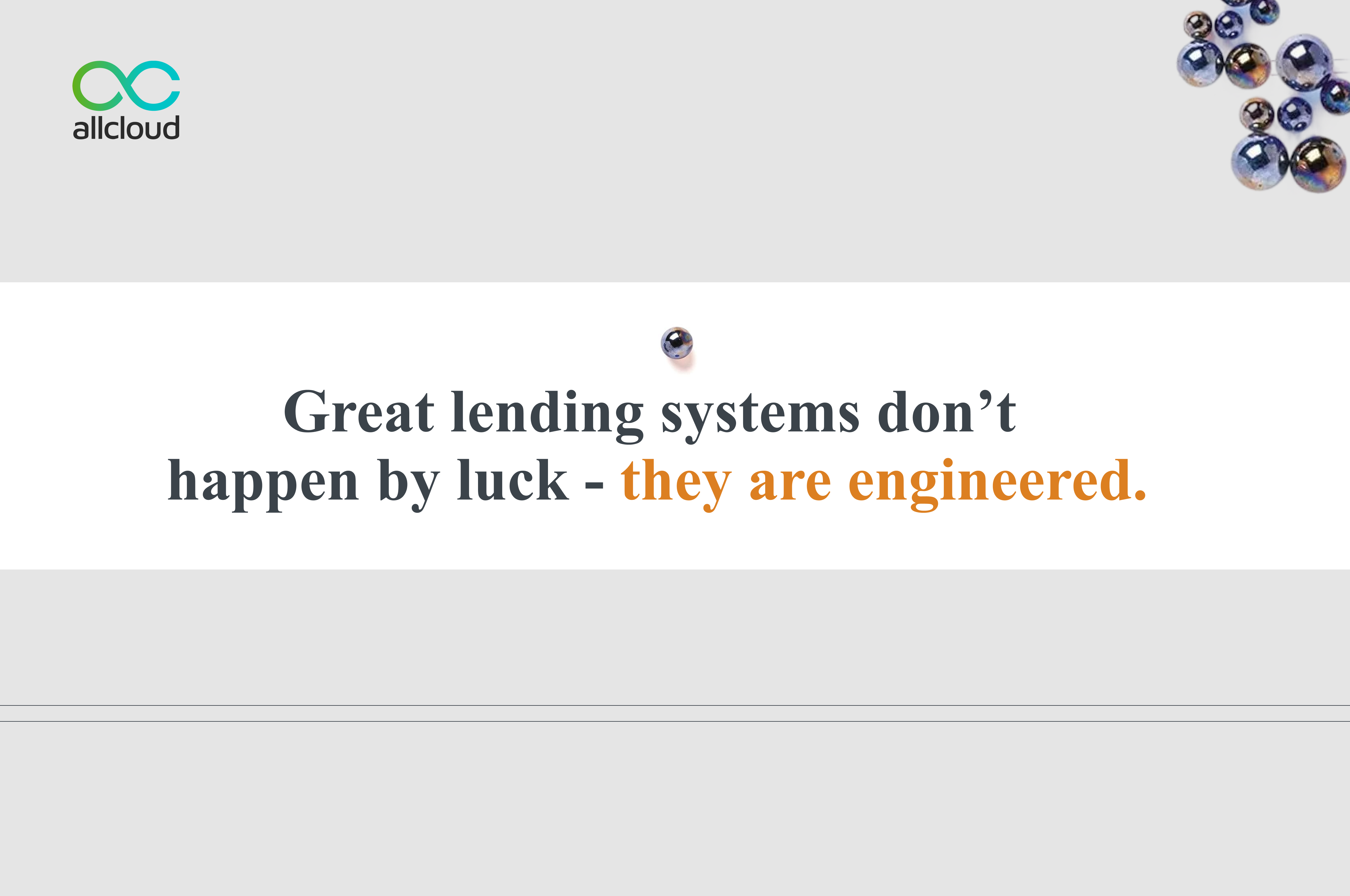The future of urban mobility and last-mile delivery: Rise of commercial electronic vehicles
Get In Touch

Heading 1
Heading 2
Heading 3
Heading 4
Heading 5
Heading 6
Lorem ipsum dolor sit amet, consectetur adipiscing elit, sed do eiusmod tempor incididunt ut labore et dolore magna aliqua. Ut enim ad minim veniam, quis nostrud exercitation ullamco laboris nisi ut aliquip ex ea commodo consequat. Duis aute irure dolor in reprehenderit in voluptate velit esse cillum dolore eu fugiat nulla pariatur.
Block quote
Ordered list
- Item 1
- Item 2
- Item 3
Unordered list
- Item A
- Item B
- Item C
Bold text
Emphasis
Superscript
Subscript
The future of urban mobility and last-mile delivery: Rise of commercial electronic vehicles
The last decade has seen immense growth in the small commercial vehicle and 2-wheeler segment, especially in the last mile delivery space in urban areas. These segments have changed the face of mobility in India, with new business models that have emerged. However, with the growing concern for the environment, the future of urban mobility and last mile delivery lies in commercial electronic vehicles.
The electric 3-wheeler market is set to rise by 40% by the end of 2025 and 70% by 2030. This is due to the unique use-case of the E3W commercial vehicle in urban mobility. These vehicles have lower operational costs, better mileage, and can deliver smaller loads directly to doorsteps. As a result, they have gained greater acceptance in the urban mobility space, especially in last mile delivery.
Large e-commerce companies, fleet owners, and last mile delivery businesses are increasingly adopting EVs, and this trend is expected to continue. More and more EV 3W commercial vehicles are now visible on the roads of Indian metros. However, to increase adoption, better financing arrangements for E3Ws are needed. Currently, they are largely financed by NBFCs and unorganized players who have more access to customers and better understand their credit profiles. This leads to higher interest rates and lower loan-to-value ratios.
To improve financing arrangements for E3Ws, banks and FIs need to create specific products customized to the segment's requirements. They can also partner with experts to penetrate the market, provide on-lending support, or co-lend with NBFCs operating in this market. Banks can also consider financing fleet operators to purchase EVs and extend credit support, in association with OEMs that are amicable to providing product assurance and loan loss coverage to mitigate risks.
Lenders need to treat EVs as a different class of asset, as the risk assessment and credit assessment parameters for this asset class are very different from those of an ICE vehicle. Constant monitoring and data collection, correlated with credit and loan data, will help create relevant credit models that improve efficiency and accuracy for future risk assessment models.
In conclusion, it is clear that the 3W market will be electrified soon, and 3W financing companies need to incorporate this into their business strategies. EVs are the future of urban mobility and last-mile delivery, and with the right financing arrangements, this sector can grow even faster, benefiting the environment and the economy.
Ready to learn about the exciting world of eV lending?
Click here to watch the video and explore the challenges, opportunities, and cutting-edge technologies driving this rapidly growing industry.
Thank you for reading! We hope this article was helpful.
Show us your Love! Follow us on LinkedIn
AllCloud’s Unified Lending Technology empowers lenders with the newest and latest tech stack to enable scale and aid operations.


.png)





